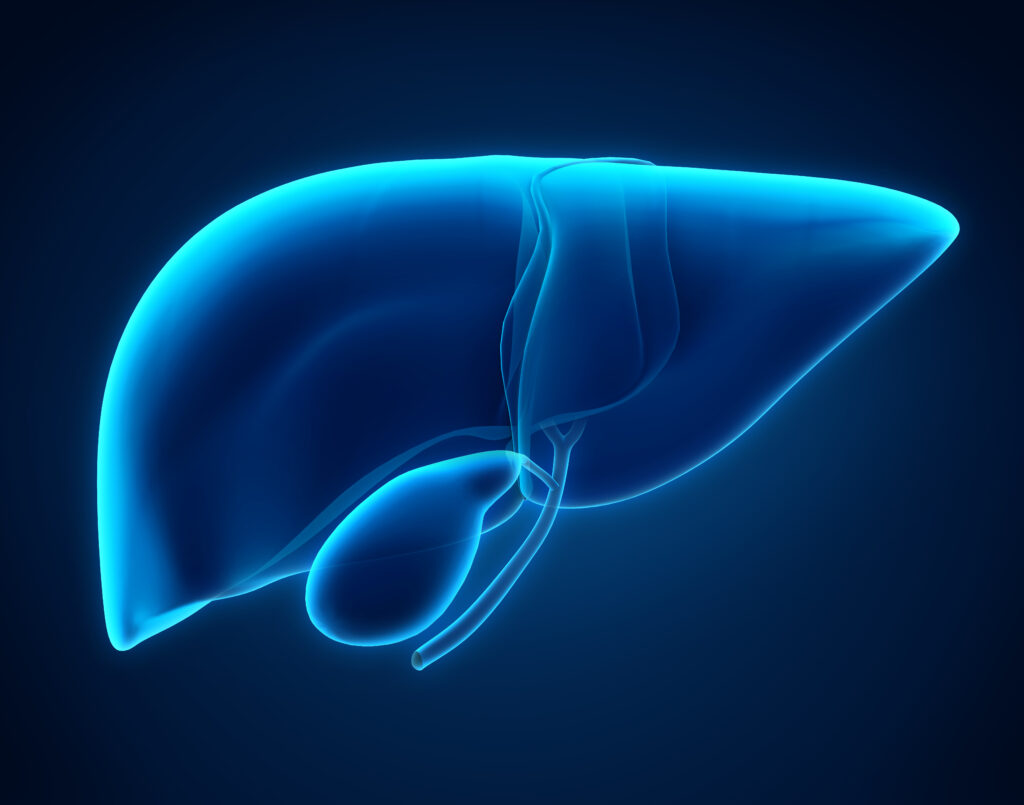Search Results
Showing Results for Farnesoid X nuclear receptor

Hepatic steatosis is the liver manifestation of metabolic syndrome and a common cause of chronic liver disease. Nonalcoholic fatty liver disease (NAFLD) diagnosis relies on the presence of hepatic steatosis, defined as >5% fat accumulation in the liver, as observed ...

Non-alcoholic fatty liver disease (NAFLD) encompasses a spectrum of fatty liver diseases, including non-alcoholic fatty liver (NAFL) and non-alcoholic steatohepatitis (NASH).1 NAFLD is associated with metabolic disorders, including obesity, hypertension, dyslipidaemia, type 2 diabetes mellitus (T2DM), hypothyroidism and metabolic syndrome.2 ...

Non-alcoholic fatty liver disease (NAFLD), which impacts an estimated 25% of the world’s adult population,1–3 is the principal cause of chronic liver disease globally. NAFLD as a whole represents a pathological spectrum of liver injury, spanning from simple steatosis to ...

Non-alcoholic fatty liver disease (NAFLD) is the most frequent cause of chronic liver disease globally; it is histologically classified into non-alcoholic fatty liver (NAFL) and non-alcoholic steatohepatitis (NASH).1 NAFL is characterized by the presence of >5% of hepatic steatosis without ...

Type 2 diabetes bears significant risks of morbidity and mortality. Coronary artery disease (CAD) is the leading cause of death among patients with type 2 diabetes,1 and these patients face CAD risks as high as those of patients without diabetes who have ...
Latest articles videos and clinical updates - straight to your inbox
Log into your Touch Account
Earn and track your CME credits on the go, save articles for later, and follow the latest congress coverage.
Register now for FREE Access
Register for free to hear about the latest expert-led education, peer-reviewed articles, conference highlights, and innovative CME activities.
Sign up with an Email
Or use a Social Account.
This Functionality is for
Members Only
Explore the latest in medical education and stay current in your field. Create a free account to track your learning.

